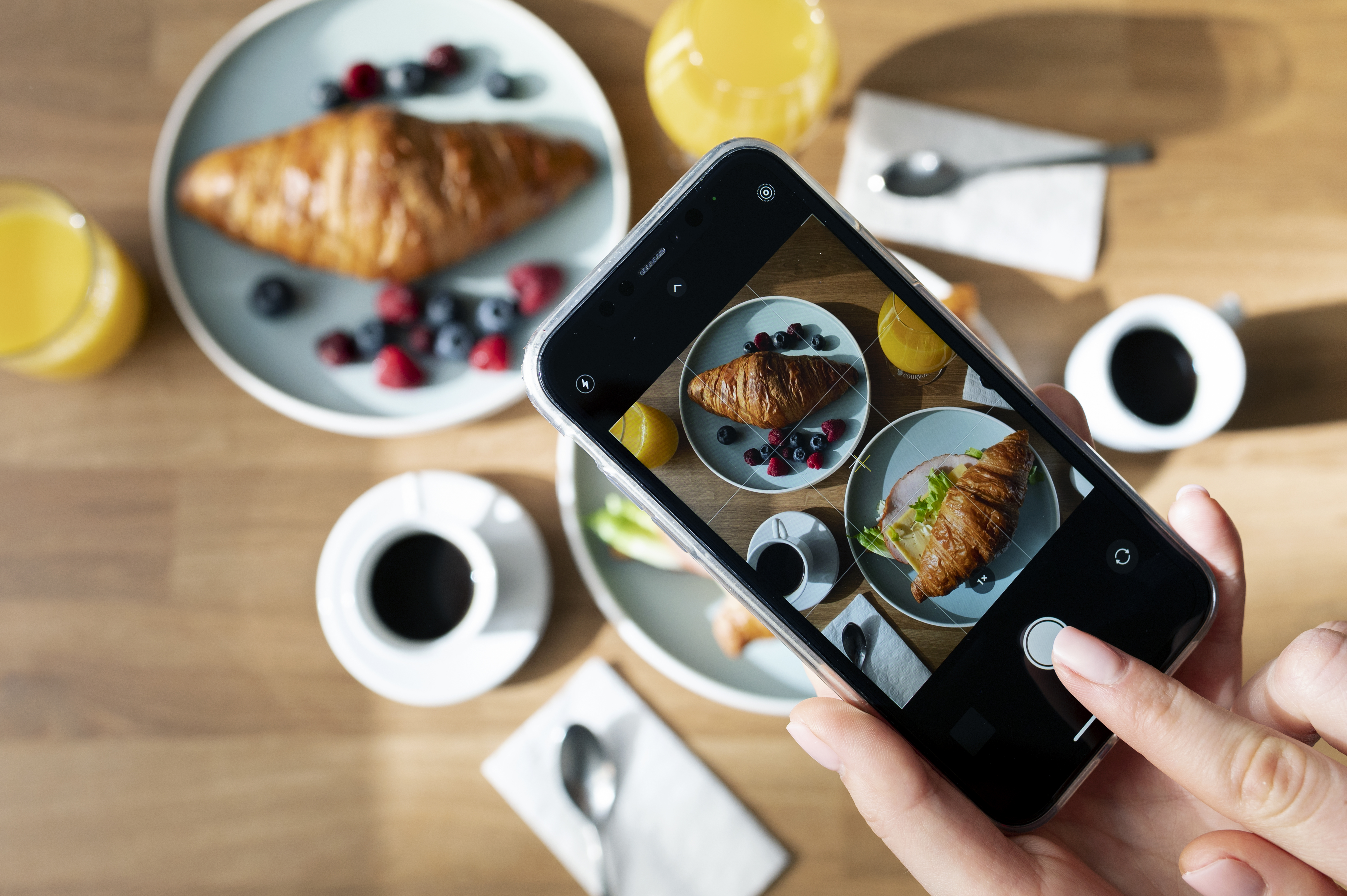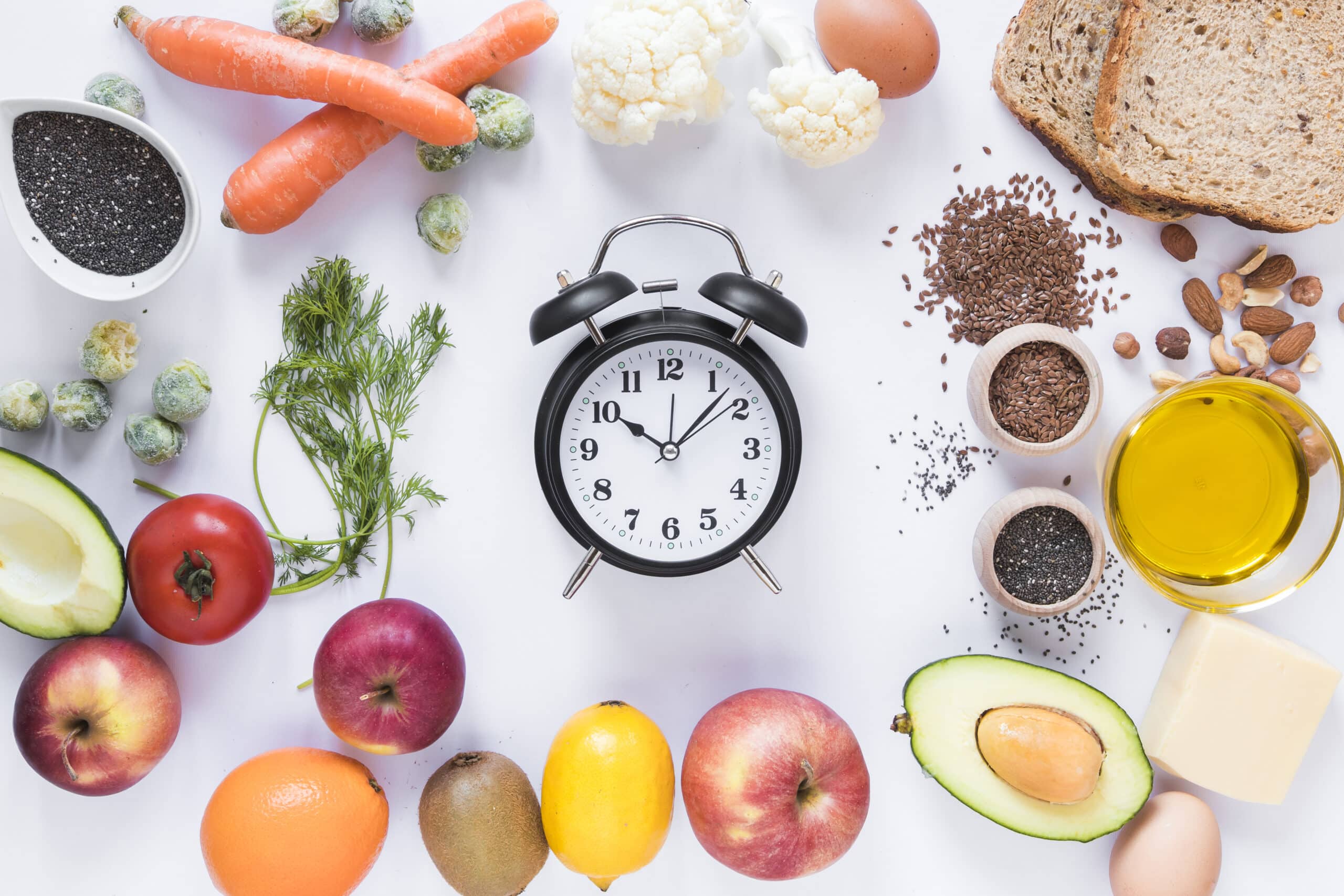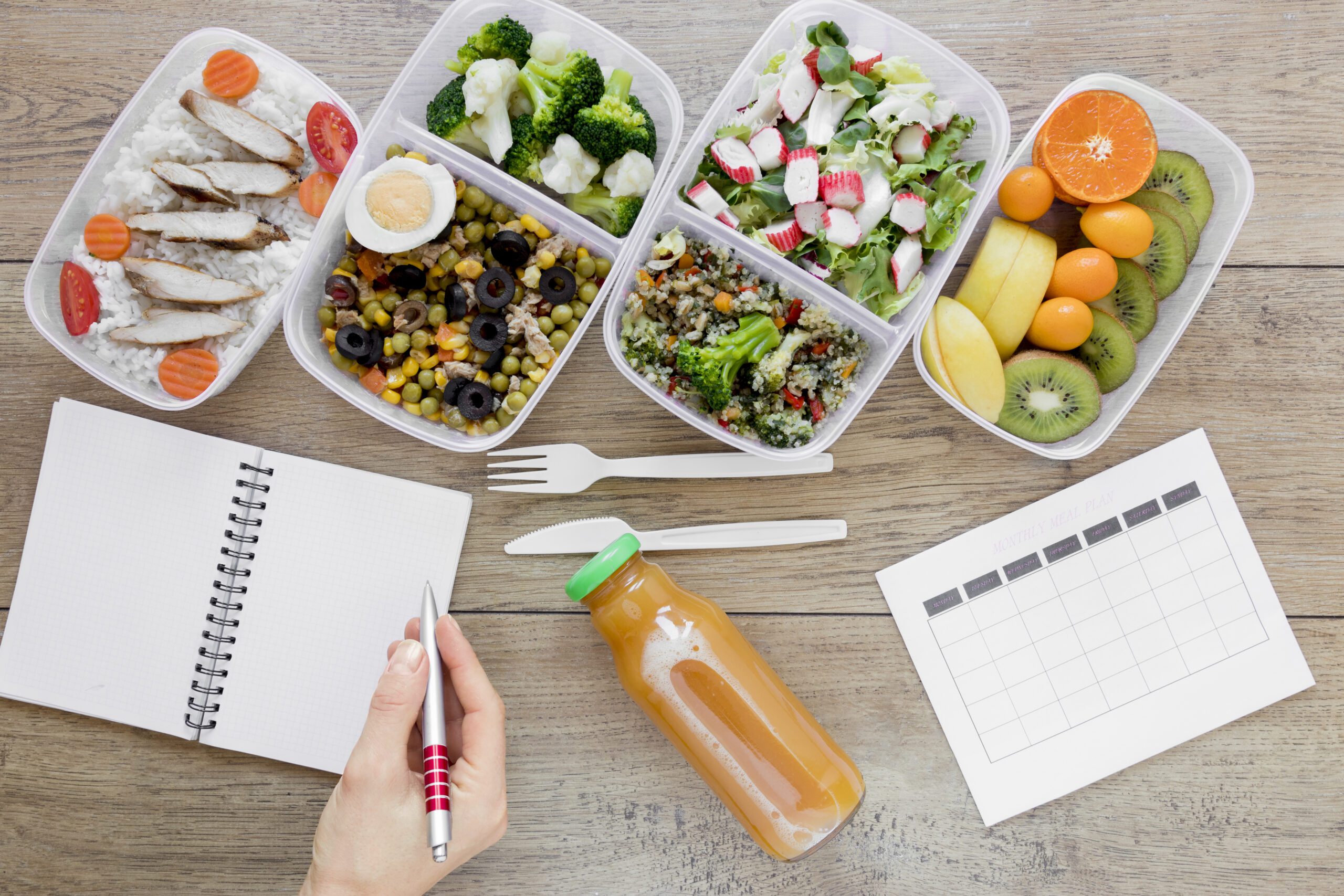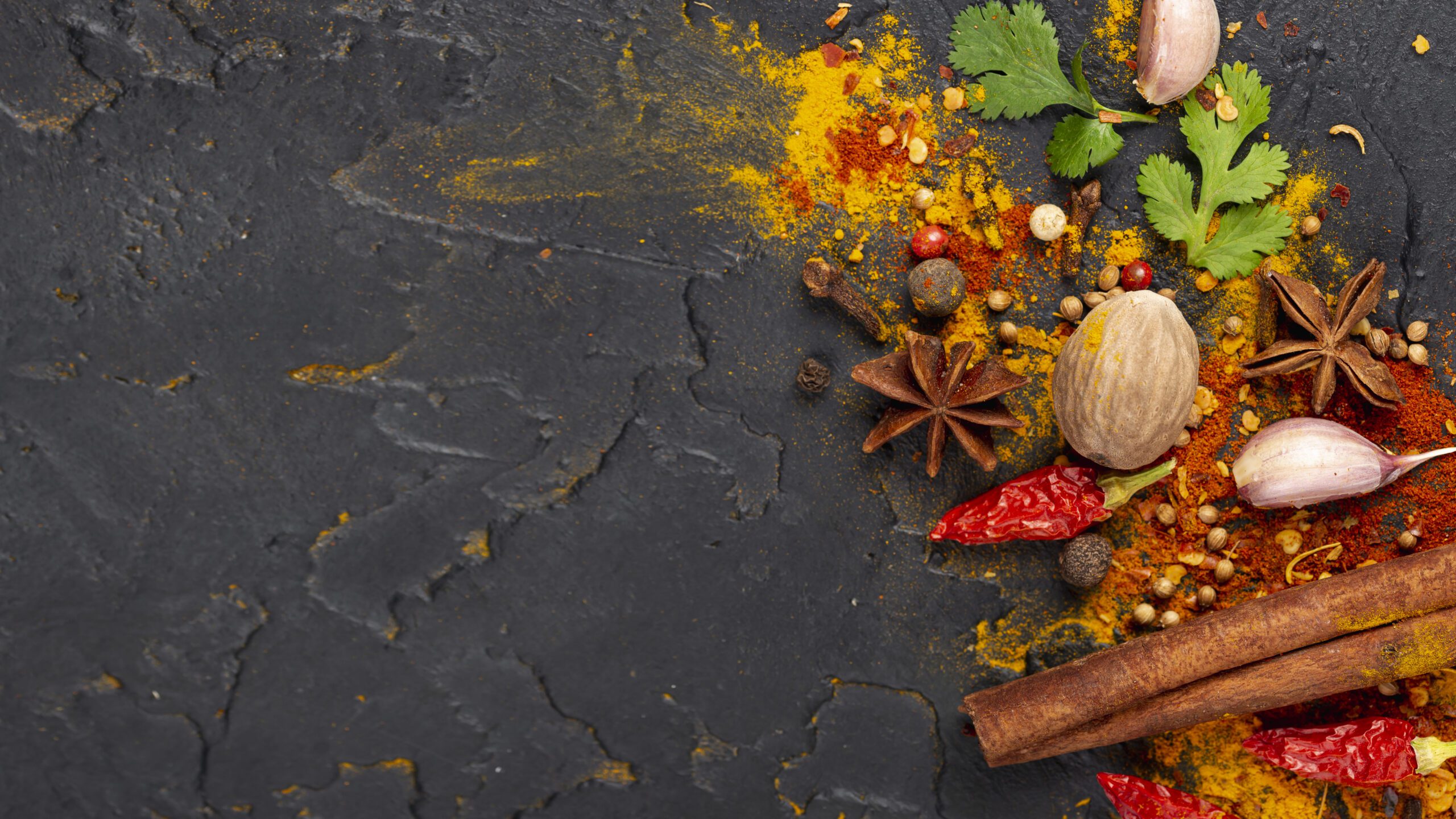Capturing Culinary Magic: A Guide to Food Photography and Styling
In the age of Instagram and food blogs, where every meal is a potential masterpiece, the art of food photography and styling has become more relevant than ever.
Whether you’re a professional photographer, a home cook, or someone with a penchant for visually documenting your dining experiences, understanding the intricacies of photography can take your culinary presentation to the next level.
In this comprehensive guide, we’ll explore the nuances of capturing the perfect shot, from setting up your scene to choosing the right angles and lighting.
1. The Allure of Food Photography
Photography is more than just snapping pictures of your meal; it’s a form of storytelling that engages the senses.
From the sizzle of a hot pan to the vibrant colors of fresh produce, food photography has the power to evoke emotions and convey the essence of a dish.
2. Essential Gear for Food Photography
Before diving into the creative process, it’s crucial to have the right tools. Invest in a good camera, preferably a DSLR, to capture high-quality images.
Experiment with different lenses, such as a macro lens for close-ups and a prime lens for wide shots. Don’t forget about tripod stability to ensure sharp, blur-free images.
3. Setting the Stage: Importance of Food Styling
Styling is the unsung hero of food photography. It’s the art of arranging and presenting plate in a way that’s visually appealing.
Pay attention to plate composition, color balance, and textures. Use props like utensils, napkins, and herbs to enhance the overall aesthetic.
4. Lighting: The Secret Ingredient
Lighting can make or break your food photos.
Natural light is ideal, so shoot near a window or outdoors.
Avoid harsh, direct sunlight, as it can create harsh shadows. Experiment with diffusers or bounce cards to soften and control the light.
Consistency in lighting is key for a cohesive photo set.
5. Angles and Perspectives: Finding the Sweet Spot
Experimenting with angles can transform an ordinary shot into an extraordinary one.
Capture overhead shots for flat lays, go for a 45-degree angle for a dynamic look, or shoot at eye level for an intimate feel.
Play around until you find the angle that best showcases the dish.
6. Burst of Color: Making Your Food Pop
Colors evoke emotions and can make your food photos stand out.
Consider the color wheel when styling your dishes – complementary colors create a visually striking effect.
Use vibrant ingredients and garnishes strategically to add pops of color and interest to your compositions.
7. Perplexity in Composition: Creating Visual Interest
Perplexity in food photography involves introducing elements that challenge the viewer’s expectations.
Experiment with unconventional compositions, asymmetry, and negative space.
Add a human touch, like hands reaching for a bite, to make your photos more relatable and engaging.
8. The Burstiness of Action Shots
Capture the liveliness of cooking with action shots.
Freeze the motion of pouring sauce, sprinkling spices, or cutting through a crispy crust.
Action shots add dynamism to your photos, telling a story beyond the final plated dish.
9. The Role of Props: Adding Depth and Context
Props can elevate your food photography by adding context and depth.
Experiment with different textures, like rustic wooden boards or elegant tablecloths.
Consider the theme of your dish – a picnic setting for casual fare or fine china for more upscale cuisine.
10. Editing Magic: Enhancing Without Overdoing
Post-processing is the cherry on top of food photography.
Use editing software like Adobe Lightroom or Snapseed to fine-tune exposure, color balance, and sharpness.
But beware of over-editing – maintain the natural and authentic feel of the dish.
11. Telling a Story: The Narrative Element
Beyond showcasing a beautiful dish, aim to tell a story through your food photography.
Highlight the journey of ingredients, the cooking process, and the joy of sharing a meal.
A narrative adds depth and emotional resonance to your visuals.
12. Social Media Savvy: Tailoring for Platforms
Each social media platform has its nuances, so tailor your food photography accordingly.
Instagram favors square compositions, while Pinterest thrives on vertical images.
Understand the platform’s audience and trends to optimize your engagement.
13. Common Mistakes to Avoid in Food Photography
While mastering food photography, be mindful of common pitfalls.
Overcomplicating compositions, using artificial lighting excessively, and neglecting the importance of negative space can detract from the overall appeal.
Learn from mistakes and continuously refine your skills.
14. Conclusion
Savoring the Art of Food Photography
Food photography is an art form that combines creativity, technical skill, and a passion for storytelling.
As you embark on your journey to capture culinary moments, remember that practice makes perfect.
Embrace the learning process, experiment with different styles, and let your unique perspective shine through your lens.
15. FAQs: Unveiling the Secrets of Food Photography
Q1: How important is natural light in food photography?
A1: Natural light is crucial for achieving vibrant and realistic colors in food photography. Position your setup near a window or shoot outdoors for the best results.
Q2: Do I need an expensive camera to take good food photos?
A2: While a DSLR can provide higher quality, smartphones with advanced cameras are capable of capturing stunning food photos. Focus on composition and lighting regardless of your equipment.
Q3: How can I avoid making my food photos look over-edited?
A3: Strive for a balance in post-processing. Make subtle adjustments to enhance the photo’s natural beauty without sacrificing authenticity. Less is often more.
Q4: What’s the best way to incorporate storytelling into food photography?
A4: Capture the journey of your dish – from ingredients to the final presentation. Include action shots and moments that convey the joy of cooking and sharing a meal.
Q5: Can I use props in food photography, and what kind works best?
A5: Props add context and depth to your photos. Experiment with textures and consider the theme of your dish. Wooden boards, utensils, and strategically placed herbs are popular choices.





